Piedmont has a wealth of little-known traditional varieties. Time to discover them!
The wine region Piedmont in north-western Italy is best known for its powerful Nebbiolo wines Barolo and Barbaresco, its fruity Barbera and sweet Moscato wines. But the region has much more to offer. Piedmont hosts an impressive range of indigenous (autochthonous) grape varieties that have not yet reached international recognition. BKWine Magazine’s guest writer Sara Nässén went out to discover some of these little-known gems and share her discoveries with you.
Many of these varieties had their heydays far back in history but were replaced by more reliable and productive varieties in difficult times. Some of these varieties have continuously been grown but due to lack of knowledge they have ended up in the shadow of the region’s more well-known grape varieties.
In the last few decades, however, Piedmont has seen a renaissance for native grape varieties, at least on a small scale. Innovative producers experiment with new ways of vinification and with changing the old image of the wines. Driving these efforts there is a will to preserve Piedmont’s rich cultural heritage and biodiversity and to counteract the homogenisation within the wine world. And, of course, to stand out on a highly competitive wine market where originality is increasingly important.
Some examples of interesting grape varieties to look out for are Nascetta, Ruché, Pelaverga and Freisa.
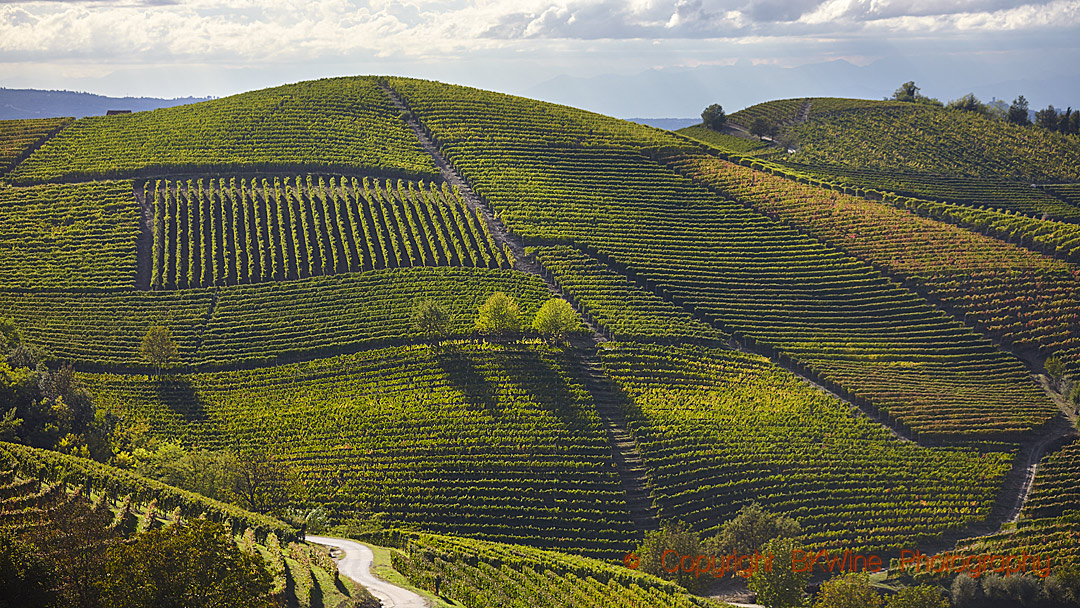
Nascetta
Nascetta, or Nas-cëtta/Anascëtta as the grape traditionally has been called, is a semi-aromatic white grape from the village of Novello in Langhe where it also earns a DOC (Denominazione di Origine Controllata). Cultivation of Nascetta is documented from around 140 years ago. It is an old but at the same time “new” grape variety, since for a long time it was forgotten and only rediscovered in the 1990s. Since it has been forgotten, nobody really knows how Nascetta behaves in the bottle if kept for a longer time and which is its “best” expression. Producers are trying different styles, which suits the versatile Nascetta. The grape has a good potential for ageing because of its stable acidity and high potential alcohol. Some claim that Nascetta can be aged for as long as up to a decade.
It is a delicate and unpredictable grape variety, not easy to work with. But when well-made, it is a grape with very good potential. Characteristic features for Nascetta are herbs and citrus notes in the lighter styles and tropical fruit in the more ripe ones. Nascetta also surprises in its double nature: aromatic nose and mineral in the mouth. It is not particularly sensitive to oxidation; leave a bottle open for a few days and see for yourself!
Ruché
There is not much documentation on the Ruché grape and its history mainly is built upon oral sources. Some believe it came to Piedmont with the nobility from Burgundy, others claim that the grape originates from the area of Asti where it is still produced today.
Ruché is grown in the municipalities of Castagnole Monferrato and Scurzolengo in Asti. The total production is very small: only 110 hectares in 7 villages and 23 producers in what since 2010 is a DOCG area.
Traditionally Ruché has been considered mainly suitable for blending, for example with Barbera or Grignolino (another traditional grape variety from Monferrato), to give aromas and added flavour to the wines. Pure Ruché is a very aromatic red wine filled with notes of flowers such as rose and lavender, red berries and spices such as black pepper and coriander. Thanks to the priest Don Giacomo Cauda Ruché was saved in the 1970s when it almost faced extinction. We thank him for that!
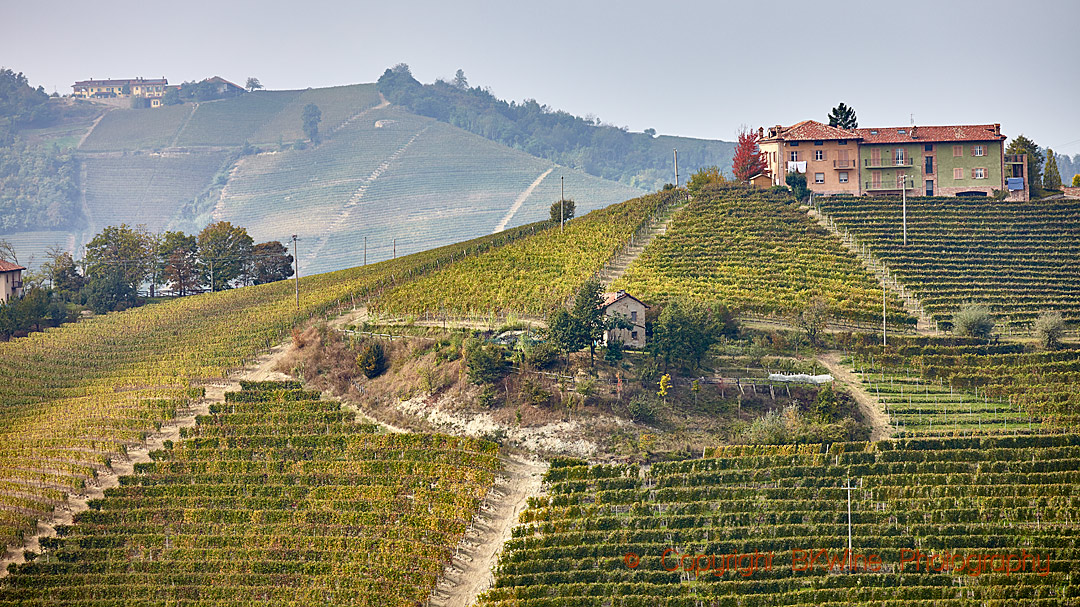
Pelaverga
Pelaverga is a red grape that is used in some of the smallest DOC:s of Italy. It is limited to only 18 hectares in the municipalities of Verduno, La Morra and Roddi in Langhe. There are only 12 producers in the world making Pelaveraga, so this is a really unique wine.
Pelaverga is a completely different type of wine than Langhe’s Nebbiolo. It is light red in colour, medium bodied and with typical notes of strawberry and white pepper. Due to its soft tannins it is a good option for lighter dishes such as vegetarian ones. Again, this is a grape that for a long time was forgotten, but then rediscovered, in this case in the 1970s. Today, Pelaverga is appreciated for its characteristically spicy bouquet. The grapes of Pelaverga are also known to be delicious to eat as grapes.
Freisa
The red grape variety Freisa was important already in the late 19th century, but was mainly replaced by Barbera and Dolcetto in the 20th century. It is a productive and a resistant grape, and perhaps that is the reason why neither the site-selection for the planting of the vines, nor the vinification was done with much care historically.
Although Freisa has had its promoters through time, it has also had a reputation for being rustic and uninteresting. Traditionally Freisa has been made into a sparkling or frizzante, lightly sparkling, wine. But today many producers make Freisa into a still wine. The wine is today produced in 5 DOCG appellations: Freisa di Chieri, Freisa d’Asti, Langhe Freisa, Monferrato Freisa and Colli Tortonesi Freisa.
The name Freisa has its origins in the French word fraise that means strawberry. Freisa has strong notes of dark fruits and berries but also distinct tannins and a high acidity. Not surprisingly Freisa has been shown to be related to the celebrity Nebbiolo, also known for its tannins. It is not easy to tame Freisa’s sharp and green tannins, which is another reason for its historical modest reputation. But with today’s knowledge, many producers manage to make structured and powerful Freisa wines. Perhaps they will never achieve Nebbiolo’s complexity, but why should they? The wealth of Piedmont lies in its diversity.
Some suggested producers
Nascetta:
- Elvio Cogno
- Rivetto
- Ettore Germano
- Anna Maria Abbona
Ruché:
- Montalbera
- La Mondianese
- Crivelli
- Cantina Sant’Agata
Pelaverga:
- Castello di Verduno
- Fratelli Alessandria
- Diego Morra
- Bel Colle
Freisa:
- G.D. Vajra
- Domenico Capello
- Gianni Vergnano
- Scarpa
Sara Nässén writes about wines and wine regions in Italy and has a Master in Wine Culture, Communication and Management at UNISG, Pollenzo, Italy. She is currently based in Piedmont.
[box type=”info” size=”large” style=”rounded” border=”full”]
Travel: Tasting all these wines, or at least some of them and many others, in their own region is an experience, on a wine tour to Piedmont with BKWine.
Travel to the world’s wine regions with the wine experts and wine tour specialist.
The wine tours filled with unique experiences. BKWine wine tours.
[/box]
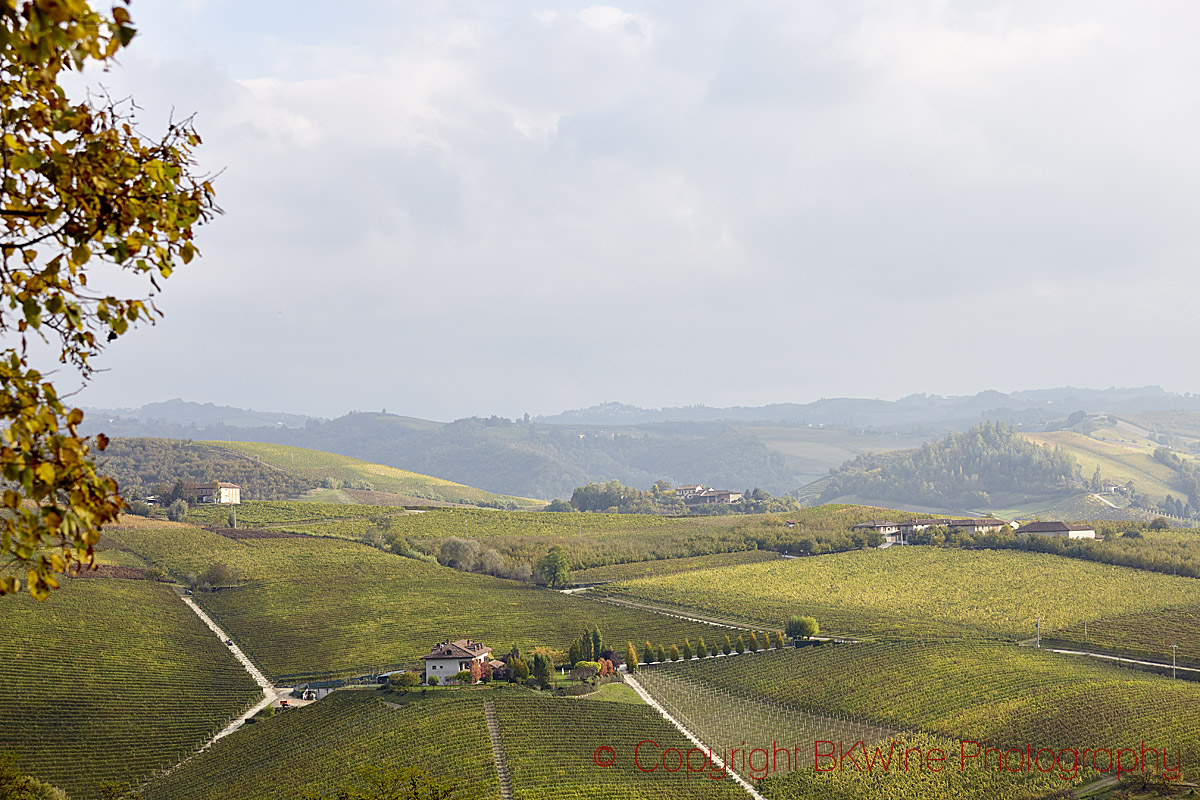



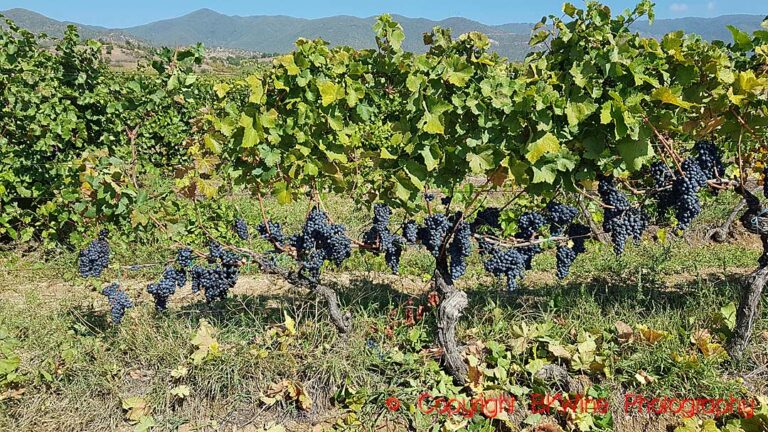
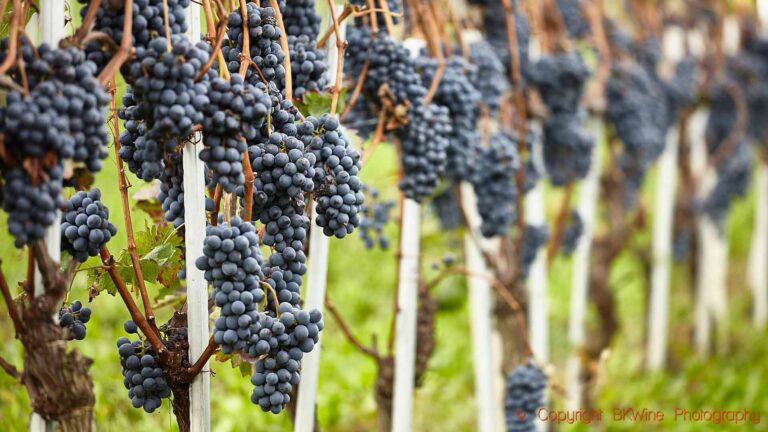
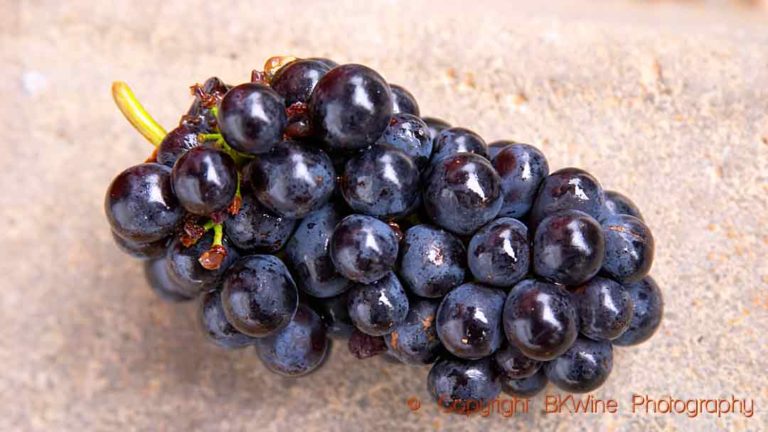




2 Responses
this was interesting to read, and the pictures are actually nice, thank you for sharing.
Thank you Jasmine, and to imagine that there are around 350 offical grape varieties used for wine only in Italy!